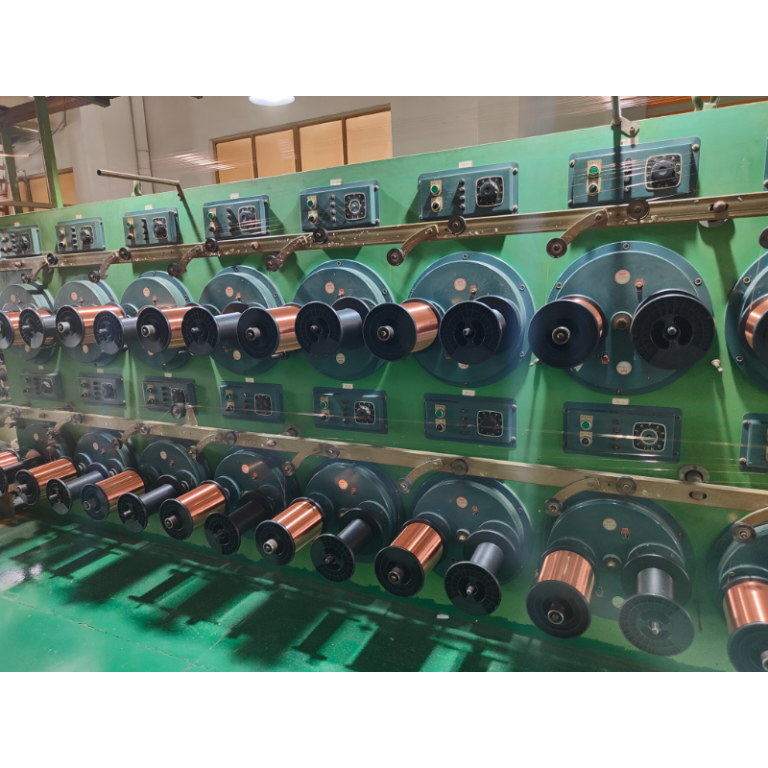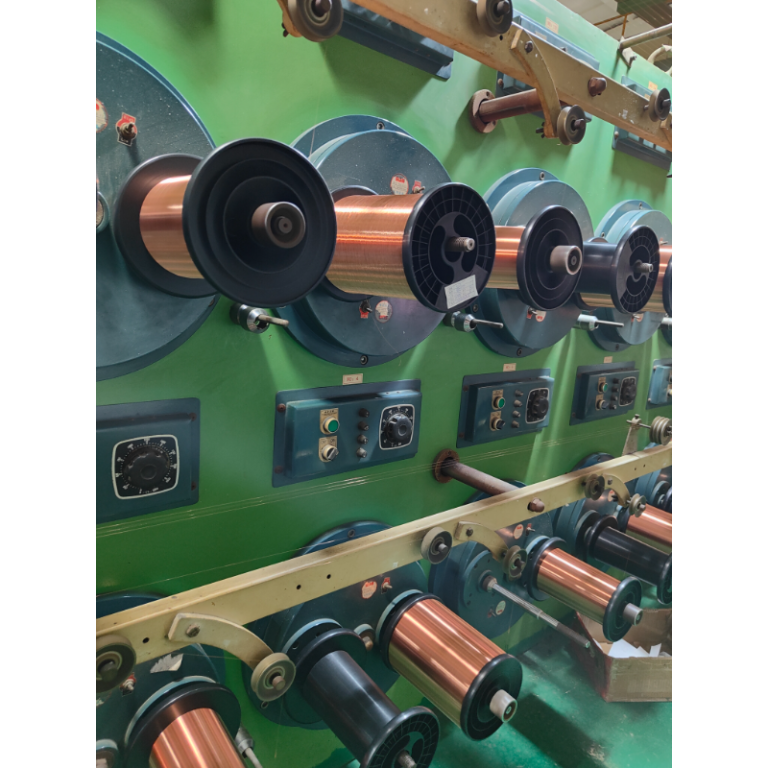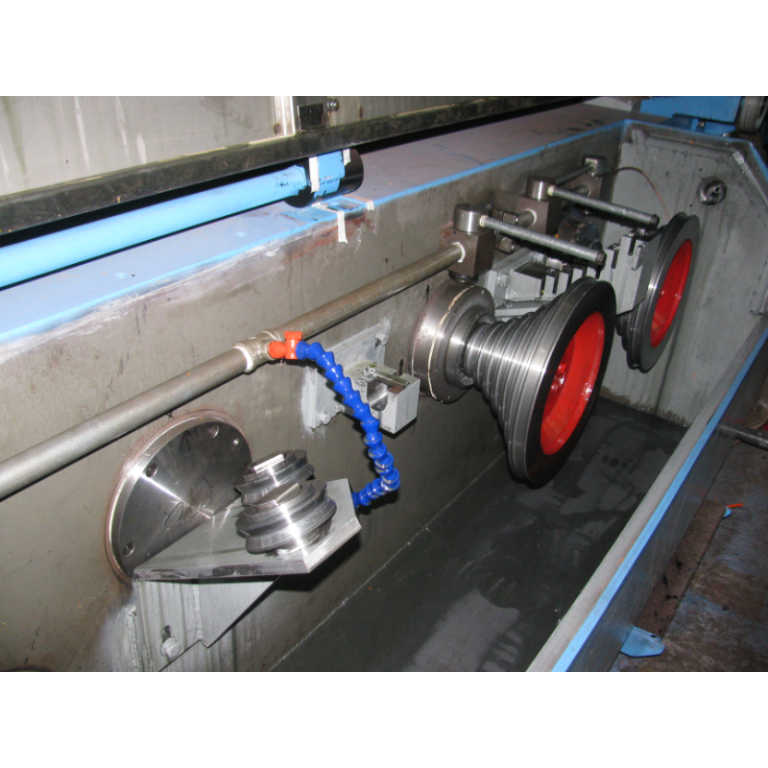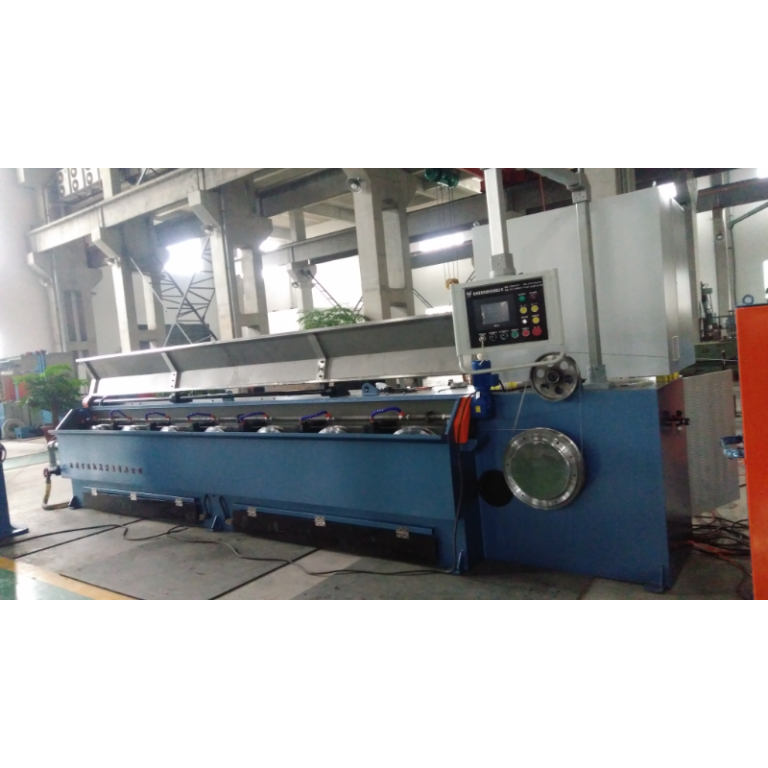مزايا الاستخدام آلة سحب أسلاك سبائك الألومنيوم في عملية الرسم
بالإضافة إلى طبيعته خفيفة الوزن وموصليته الممتازة،
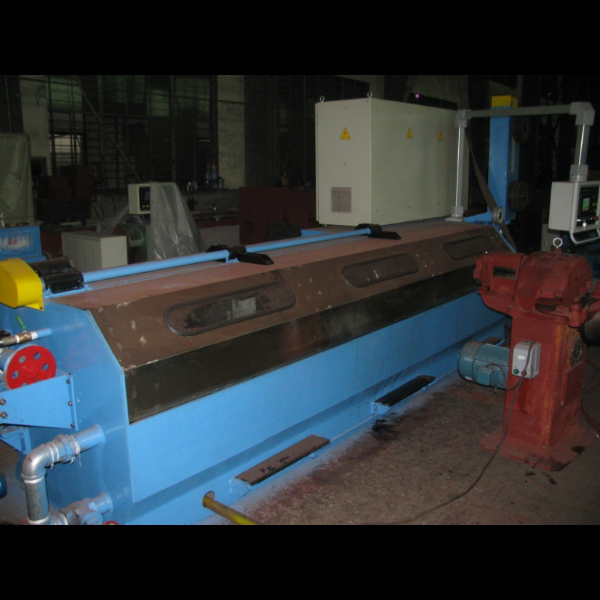
آلة سحب أسلاك الألمنيوم الدقيقة
يوفر أيضًا مقاومة فائقة للتآكل. على عكس النحاس، الذي يكون عرضة للتآكل بمرور الوقت، فإن الألومنيوم مقاوم للغاية للصدأ وأشكال التآكل الأخرى. وهذا يجعل سلك الألومنيوم خيارًا متينًا وطويل الأمد للتطبيقات التي يكون فيها التعرض للرطوبة أو البيئات القاسية أمرًا مثيرًا للقلق. بالإضافة إلى ذلك، فإن مقاومة أسلاك الألمنيوم للتآكل يمكن أن تساعد في إطالة عمر المنتجات وتقليل تكاليف الصيانة بمرور الوقت.
علاوة على ذلك، تعد أسلاك الألمنيوم أكثر فعالية من حيث التكلفة من النحاس، مما يجعلها خيارًا جذابًا للمصنعين الذين يتطلعون إلى تقليل تكاليف الإنتاج. عادةً ما يكون سعر الألومنيوم أقل من سعر النحاس، مما يجعله مادة ميسورة التكلفة لعمليات سحب الأسلاك. بالإضافة إلى ذلك، يمكن أن تؤدي طبيعة أسلاك الألمنيوم خفيفة الوزن إلى انخفاض تكاليف الشحن، مما يساهم بشكل أكبر في توفير التكاليف الإجمالية للمصنعين.في الختام، فإن مزايا استخدام أسلاك الألمنيوم في عملية الرسم تجعلها بديلاً صالحاً للنحاس في العديد من التطبيقات. إن طبيعته خفيفة الوزن، وموصليته الممتازة، ومقاومته للتآكل، وفعاليته من حيث التكلفة تجعله خيارًا جذابًا للمصنعين الذين يتطلعون إلى تقليل تكاليف الإنتاج وتحسين أداء المنتج. في حين أن هناك بعض القيود على استخدام أسلاك الألمنيوم، فإن جهود البحث والتطوير المستمرة تعمل بشكل مستمر على تحسين قوة ومتانة سبائك الألومنيوم، مما يجعلها خيارًا تنافسيًا لمجموعة واسعة من التطبيقات. also offers superior corrosion resistance. Unlike copper, which is prone to corrosion over time, aluminum is highly resistant to rust and other forms of corrosion. This makes aluminum wire a durable and long-lasting option for applications where exposure to moisture or harsh environments is a concern. Additionally, the corrosion resistance of aluminum wire can help extend the lifespan of products and reduce maintenance costs over time.
Furthermore, aluminum wire is more cost-effective than copper, making it an attractive option for manufacturers looking to reduce production costs. The price of aluminium is typically lower than that of copper, making it a more affordable material for wire drawing processes. Additionally, the lightweight nature of aluminium wire can result in lower shipping costs, further contributing to overall cost savings for manufacturers.
Despite its many advantages, there are some limitations to using aluminum wire in the drawing process. One of the main drawbacks is its lower tensile strength compared to copper. This means that aluminum wire may not be as strong or durable as copper wire, making it less suitable for applications where high tensile strength is required. However, advancements in metallurgy and manufacturing processes have led to the development of high-strength aluminum alloys that can rival the tensile strength of copper.
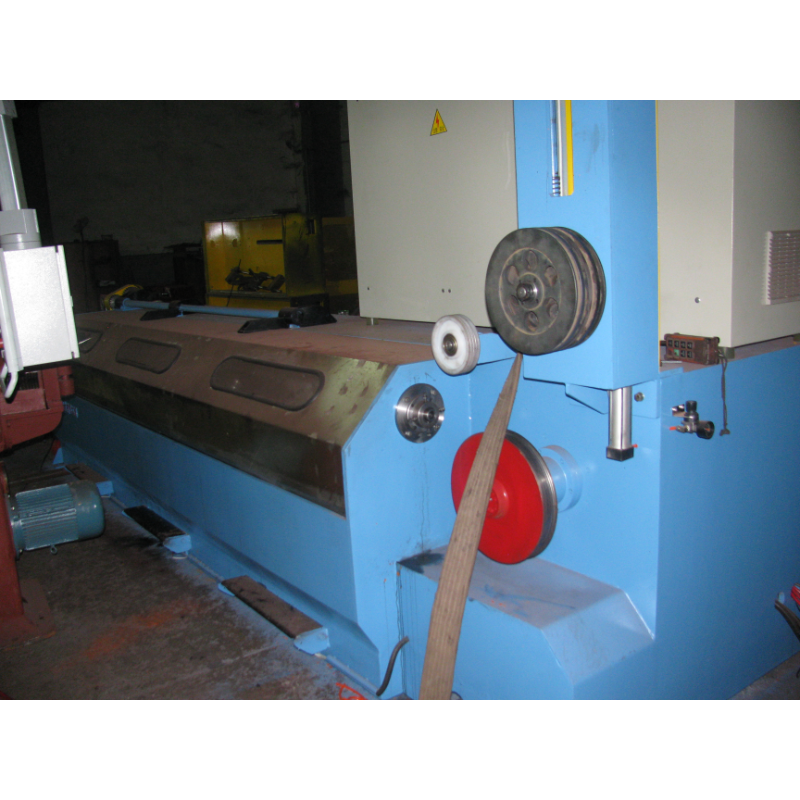
In conclusion, the advantages of using aluminum wire in the drawing process make it a viable alternative to copper for many applications. Its lightweight nature, excellent conductivity, corrosion resistance, and cost-effectiveness make it an attractive option for manufacturers looking to reduce production costs and improve product performance. While there are some limitations to using aluminum wire, ongoing research and development efforts are continuously improving the strength and durability of aluminium alloys, making them a competitive choice for a wide range of applications.

